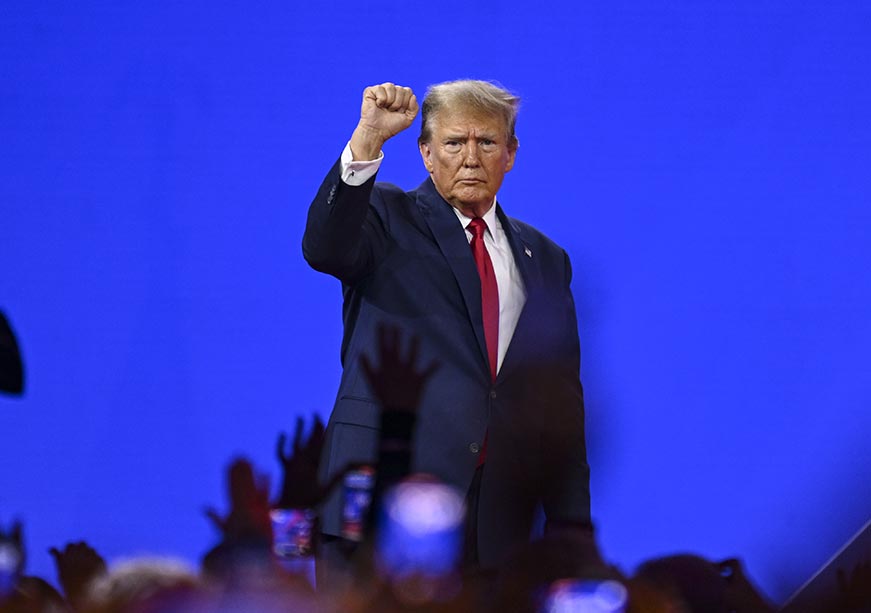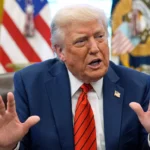U.S. President Donald Trump has reignited global trade tensions in the early months of his second term, implementing a swift and sweeping series of tariffs aimed at overhauling the global trading system. In a move reminiscent of his first term but on a dramatically accelerated timeline, the White House has launched a barrage of trade actions, with wide-ranging consequences for allies and adversaries alike.
January 20: The Opening Salvo
During his inauguration speech on January 20, Trump signaled the return of his “America First” economic doctrine, declaring that his administration would protect American workers through aggressive trade reforms. He vowed to “enrich our citizens” by placing tariffs on foreign countries that, in his view, take advantage of the U.S. economy.
February: North America and China in the Crosshairs
Barely two weeks into the term, on February 1, Trump announced a 25% levy on Canadian and Mexican exports, alongside a 10% tariff on Chinese goods. This sparked immediate diplomatic pushback. By February 3, Canada and Mexico brokered a temporary one-month pause to the tariffs, buying time for negotiations.
Trump escalated again on February 10, announcing a blanket 25% tariff on all imported steel and aluminum. This echoed his 2018 move but with broader scope and fewer exemptions.
March: Pressure on China Mounts
The White House stepped up its campaign on March 4, introducing new tariffs on a swathe of Chinese imports. These duties were followed on March 12 by the formal implementation of the steel and aluminum levies. On March 26, the administration unveiled a 25% duty on imported cars and car parts, effective April 2 — a move that sparked concern across Europe and Asia.
April: A Global Trade Shake-Up
April marked a dramatic escalation. On April 2, Trump unveiled plans for “reciprocal tariffs,” aiming to mirror foreign countries’ duties on U.S. goods. In addition, a blanket 10% “baseline tariff” was introduced on imports from all nations. This took effect April 5.
Then, on April 9, the administration rolled out a new layer of tariffs on imports from approximately 60 countries labeled “the worst offenders” in trade imbalances. These targeted tariffs took immediate effect, even as Trump announced a 90-day pause on new tariffs for most nations — with one major exception: China.
In a sharp retaliatory move, tariffs on Chinese imports surged to a staggering 125%. Within hours, China hit back with an 84% levy on U.S. goods, escalating fears of a renewed trade war between the world’s two largest economies.






